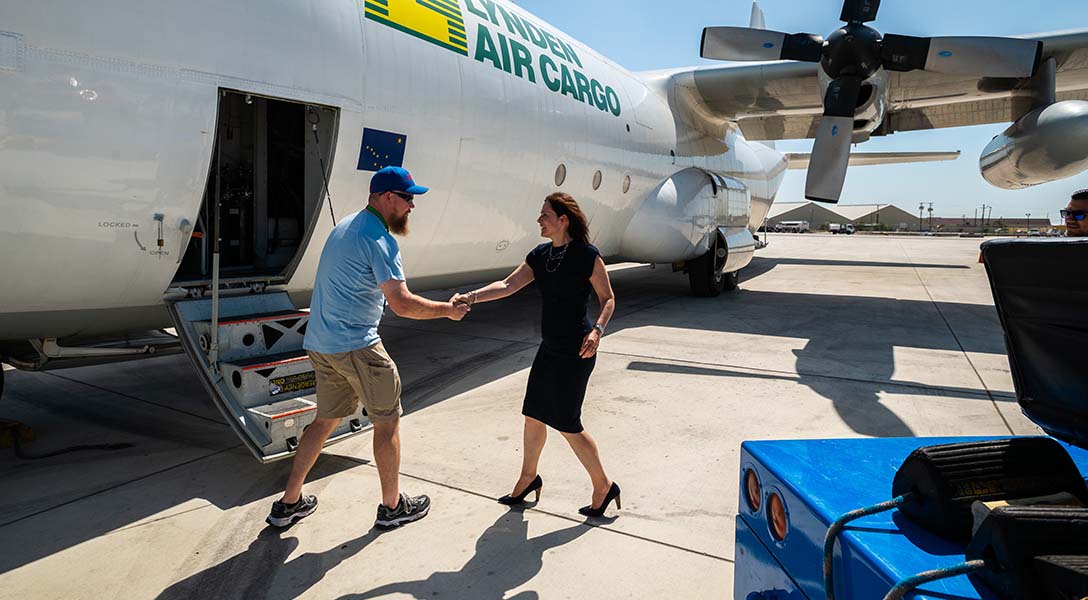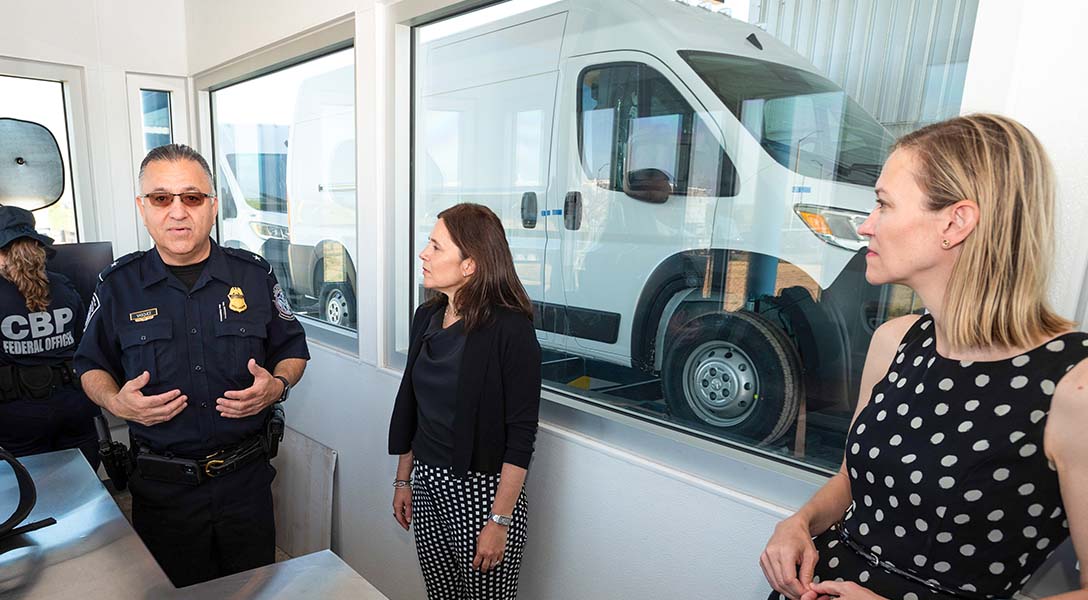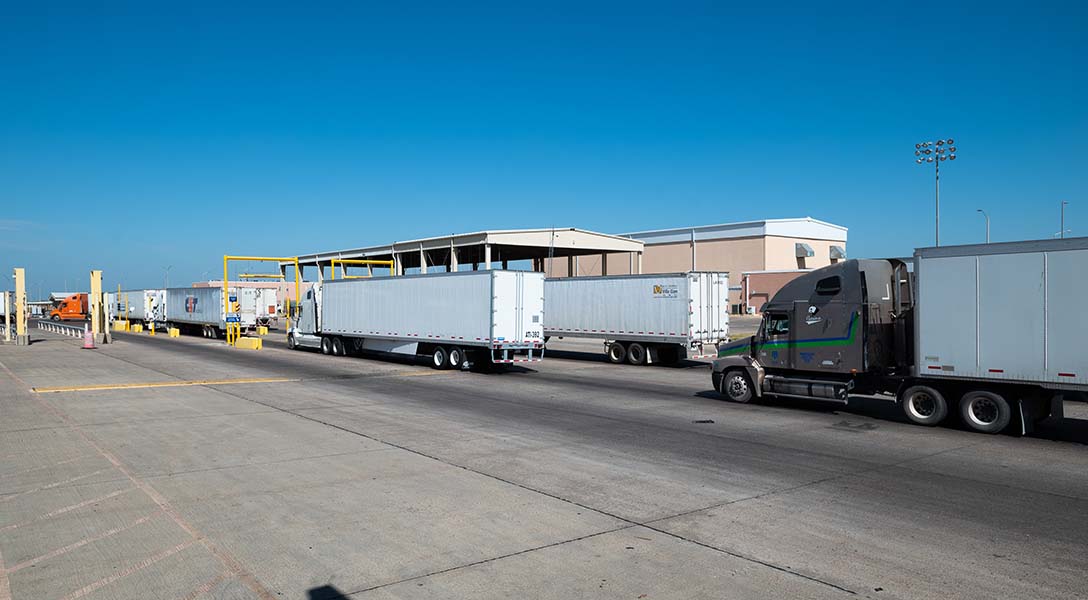When a truck passes through the port’s inspection stations to be X-rayed, the driver can now stay in the cab and drive through the process, rather than taking time to stop, exit the cab and wait for inspectors to arrive. A safe, lower frequency X-ray is used to sweep the cab. The scan then intensifies for the cargo being hauled.
The upgrade has eased congestion by speeding up truck inspections, a process that can result in long lines at peak times, leaving truckers waiting hours to cross the border. Authorities have implemented other changes too, such as adding four new Free and Secure Trade (FAST) lanes on the World Trade Bridge to expedite processing for trusted shippers participating in the Customs Trade Partnership Against Terrorism program with cargo in sealed containers. An effort to expand operational hours around the clock was not successful, as Mexican trucks rarely circulate at night for safety reasons, port authorities said.
Other wholesale efficiency changes are on hold. For example, the NAFTA provision to allow Mexican long-haul trucks to pass into the U.S. and avoid the drayage system of loading cargo onto smaller trucks to be taken across the border has never been fully implemented over objections by US trucking groups.





